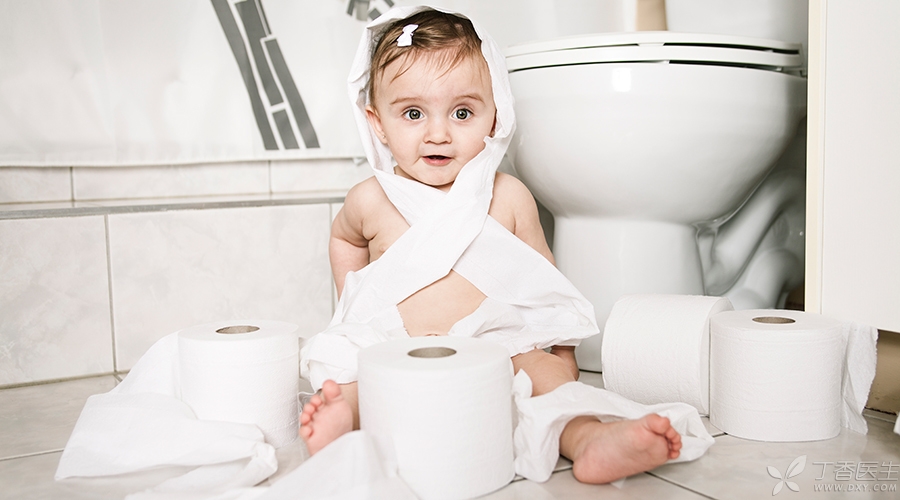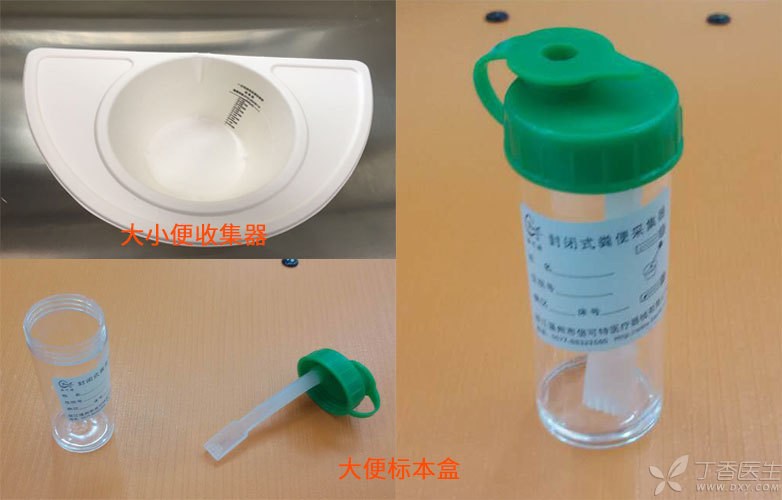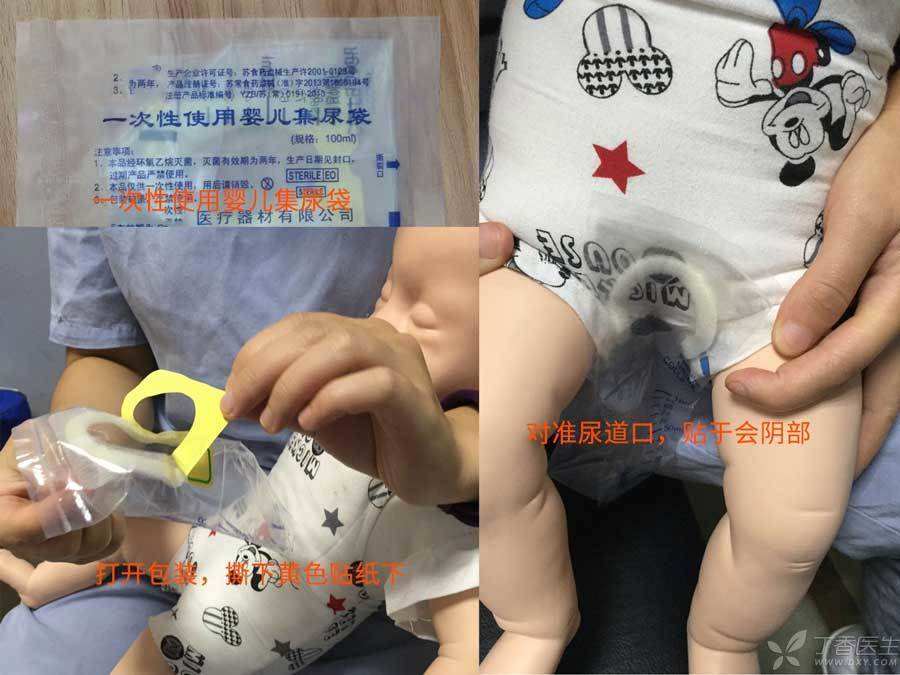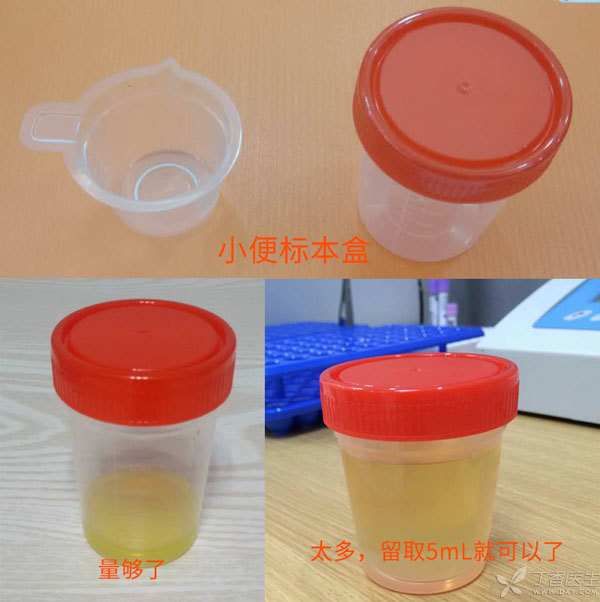
In the process of baby’s growth, it is inevitable that there will be a need to see a doctor. During the examination, among all kinds of examinations, the routine examination of feces and urine should be regarded as the two kinds of examinations that parents are familiar with.
Although parents are not required to do specific examinations, they are often required to collect samples of excrement and urine. However, how much do you need to take for this excrement? Take what Sheng? However, it makes parents worry again.
Today, Ding Ma came to tell her parents how to keep the baby’s urine and feces.
How to keep the baby’s stool?
The baby’s nervous system is not yet fully developed, Can’t defecate autonomously, stool is basically solved in diapers or diapers. However, the specimen of stool cannot be taken with diapers, diapers, toilet paper and other absorbent articles, which is easy to cause the formation of components in stool to be damaged and missed, leading to inaccurate test results or false negative results, thus delaying the baby’s illness.
How?
Baby’s poop needs to be placed in a poop collector provided by the laboratory, or in a clean and dry disposable plastic wrap or fresh-keeping bag. Then pick out the suspicious part and put it in a specimen box or fresh-keeping bag. Be careful not to mix urine, water and other sundries in the stool, and do not leave the stool on the toilet, bedpan and ground.

How much?
When the baby’s stool is routinely tested, it is generally enough to leave 5 g (about the size of fingers), and 5 mL if it is loose stool.
In order to make the test results more accurate, stool specimens cannot be taken too little, but there is no need to take too much, bring a large lump, and the test does not need that much.
Moreover, the key point is to select the parts suspected of having problems for inspection, which helps to improve the accuracy of the results, such as selecting the parts with pus and blood in poop.
Time of submission for inspection
After the baby’s stool is regularly taken, it should be sent to the laboratory as soon as possible, preferably within one hour.
If the time is too long, the formed components in feces will be decomposed and destroyed, which will easily lead to inaccurate test results and false negative results.
How to keep the baby’s urine?
The baby’s urination cannot be controlled independently. Under normal circumstances, the baby’s daily urination volume is 400 ~ 500 mL, and the daily urination volume is 20 ~ 25 times. However, the urination volume is relatively small at one time. Often, when parents pick it up or only pick it up a little, the baby has already finished urinating. A urination routine often needs to be kept several times before it can be completed.
How?
The baby can use a disposable baby urine collection bag, aim the urine collection bag at the urethral orifice and stick it on the perineum. This requires parents to check whether there is urine frequently and take it down for inspection in time when there is urine. If the baby can cooperate, the urethral orifice and vulva can be cleaned before the specimen is taken to avoid contamination.
If the baby can defecate autonomously, it is better to take fresh and clean middle urine for routine urine examination, clean the urethral orifice and vulva before taking the specimen, take the urine 3 seconds after the baby starts urinating, and take it into the specimen box.

How much?
Urine specimens are generally 5 milliliters, not too much.

Time of submission for inspection
After keeping it, it should be submitted for inspection within 1 hour, so as not to affect the formed components in urine due to changes in pH value, thus affecting the test results.
Parents can pay attention to the baby’s life rules at ordinary times, and carefully observe what expressions or little tricks the baby usually has before defecating, urinating and defecating in what, such as staring, motionless, red face, etc., which can greatly improve the success rate of taking defecation and urination at one time.
